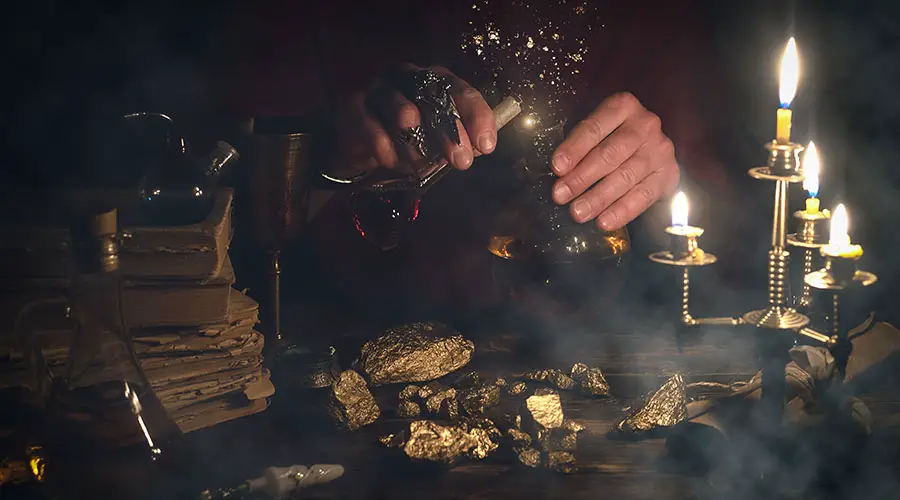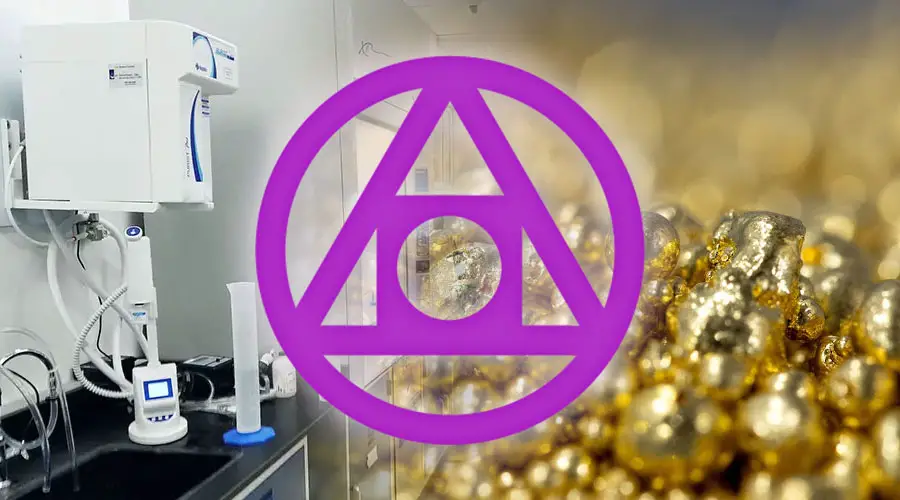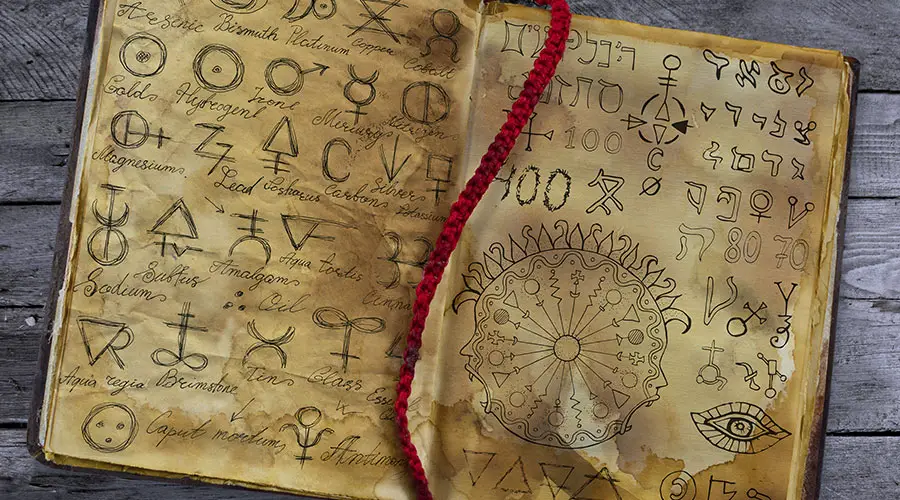Although alchemists existed in many cultures and times throughout history, their dedication to the Hermetic practice of alchemy ensured that there were certain activities that they all have had in common. In this article we are going to look at 7 things alchemists have done throughout history as they practice their craft.
Alchemists seek the elixir of life, and to turn lead into gold through processes conducted in their laboratories. They study the Emerald Tablet, search for the Philosopher’s Stone, write their notes in code, and believe in the four elements and the three primes of matter.
Alchemists laid the foundation for modern chemistry, and according to many stories, may have succeeded in their search to turn lead into gold. The following are 7 things alchemists do.

1) Alchemists either want to find the elixir of Life, or to become wealthy
The purpose of alchemy is to transform base metals such as lead, copper, and tin into noble metals such as gold and silver. In alchemy they use the word ‘chrysopoeia‘ to mean the production of gold by changing base metals into it. By doing so would allow someone to become very wealthy, although this was actually not what most alchemists were after. They believed that in the process of successfully turning lead into gold they would discover the Elixir of Life.
The Elixir of Life is a potion that when drunken gives eternal youth and immortality. It is also a panacea, meaning cure for all diseases. Alchemists also believe that alchemy will allow them to free the spirit from the material world.
2) Alchemists Maintain a Laboratory
Another thing alchemists do is maintain a laboratory in which they can do their research in. Their labs have flasks, beakers, tubes, as well as method of exposing materials to heat. Their research involves heating and mixing metals, and have a complex system of names for their various processes, which include: Calcination, Cibation, Solution, Sublimation, Separation, Fermentation, Conjunction, Exaltation, Putrefaction, and Multiplication.

Alchemy was a precursor to modern chemistry, which inherited the concept of a lab for experiments from alchemy. It was during the 17th century that the field known as chemistry emerged out of alchemy. An aristocrat named Robert Doyle, is regarded as the first chemist. He was an alchemist and physicist, and a pioneer of the Scientific Method.
3) Alchemists Search for the Philosopher’s Stone
The central activity in alchemy is searching for a substance called the Philosopher’s Stone. The search for this substance through experiments in the lab is called the “Magnum Opus”. It is believed that with this magical substance, lead can be turned into gold and the Elixir of Life can be found. The alchemists believe that all matter is made of different combinations of the four elements: Fire, Water, Air, and Earth. With the Philosopher’s Stone they would be able to alter the combination of elements in matter and therefore change it from one form of matter into another.
4) Alchemists Study the Emerald Tablet
Alchemists regard the writings of Hermes Trismegistus as the origin of their alchemical knowledge. Especially the Emerald Tablet, a work of literary art that Hermes created on slabs of rock made from a magical alchemical substance. Today only copies of the text and not the original slabs exist, and officially there is no evidence to prove they ever did.
The origins of alchemy can be traced back to Hellenistic Egypt, and especially the city of Alexandria. Metallurgy had already been practiced in Egyptian for some time, and Greek philosophy and Egyptian theology were being blended together. This is the time when Hermes Trismegistus rose to prominence, teaching the Egyptian priests and Greek philosophers the esoteric concepts found in Hermeticism.
5) Alchemists see the universe as being made of four elements of air earth, fire, and water
Central to the understanding of alchemy is the concept that all matter is made up of the four elements, and each type of matter is simply a different combination of the four. By altering the balance of the elements within a substance, the alchemists would be able to transmute it into another form of matter.
The philosophy of the four elements applies to the non-material, or spiritual, as well. The element of air is seen as representing the intellect, ideas, communication, and curiosity. Earth is physical, stable, practical and reliable. Fire is passionate, courageous, decisive, and aggressive. While water is about emotions, flow, tranquility and reflection.

6) Alchemists work with salt, sulphur, and mercury, known as the Tria Prima
Also sometimes referred to as the three primes, salt, sulphur, and mercury are important substances in the practice of alchemy.
Salt is what remains fixed in fire. It is the base matter.
Sulphur is whatever is inflammable. It connects the High and the Low, and represents expansive force, evaporation, and dissolution.
Mercury is whatever is neither of the first two, and rises in vapour. It is regarded as the transcendent spirit of life.
Using a process called Solve Et Coagula, the alchemists break apart and recombine the three primes. They consider each metal to be made of a different ratio of the primes, and so by recombining them in different ratios they are able to product new metals.
7) Alchemists Write their Notes in Code
Alchemists have been secretive of their work throughout history, and with good reason, as they have often faced persecution. In 1404 King Henry IV of England outlawed the practice, as he saw it as a threat to the financial system. Alchemy was practiced in the Islamic world, India and China, and medieval Europe, and the alchemists often had reasons to hide their work. This led to systems of cyphers and symbolism to refer to the many aspects of alchemy.

For example, the Philosopher’s Stone is represented by a circle inside a square inside a triangle inside a circle. Mercury, salt, and sulfur each have a symbol, as do the four elements of air, earth, fire, and water. There are also symbols for the seven planetary metals, which are lead, tin, iron, gold, copper, mercury, and silver. As well, there are the mundane elements of antimony, arsenic, bismuth, magnesium, phosphorus, platinum, potassium, and zinc, which each have an alchemical symbol.
Recommended Reading
If you want to continue exploring this subject more deeply, you can see which books I recommend by clicking here.

